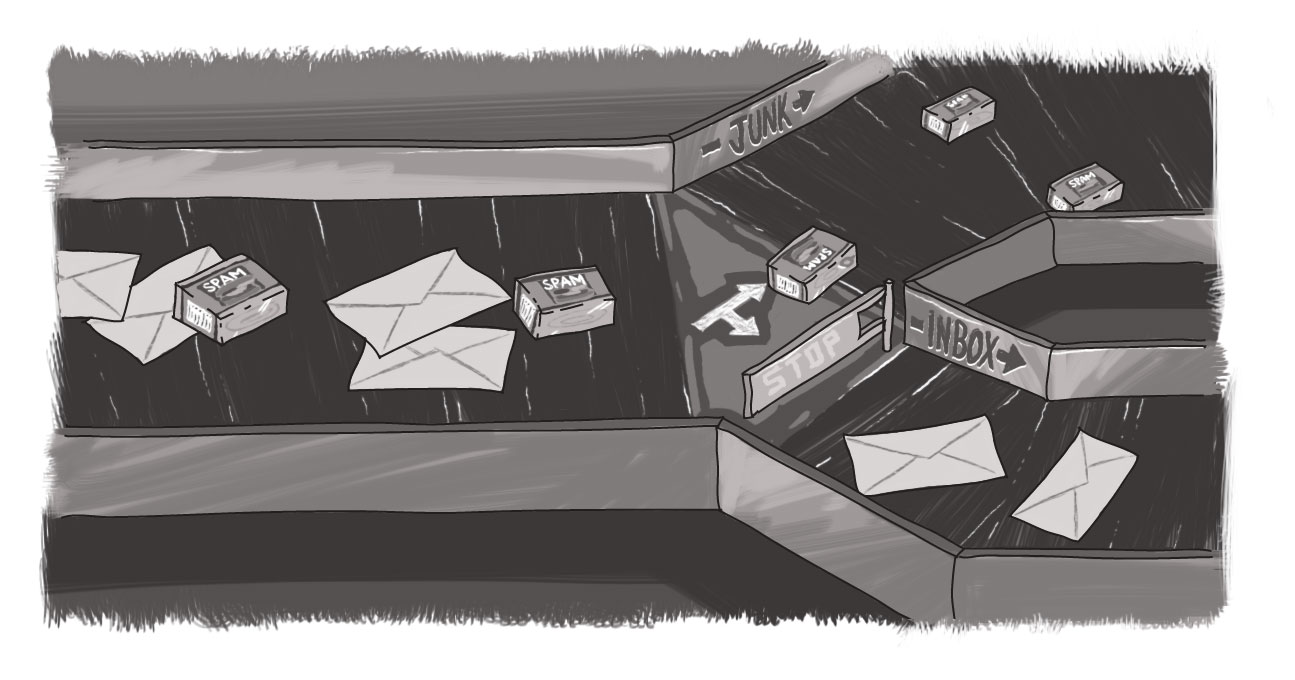What’s the Right Marketing Vehicle? Only You Can Tell

It can be frustrating for business owners looking for information about how best to use their limited resources. Every week, you'll find a new article touting the "next big thing." And, as if on point-counterpoint cue, you'll see another publication post a "don't forget about this" revival-type piece.
One of the latest salvos in the digital marketing world appeared in Ragan's PR Daily in an article stating "Email marketing is more effective than social media." The article, and its accompanying infographic, use a boxing analogy to compare e-mail and social media marketing in five key metrics: benefits, growth, usage, reach, and features.
As per this analysis, e-mail marketing comes out as the clear, knock-out winner. And while I'm always leery of analyses that use data from 2011 and 2012 to form conclusions about today (let's face it, the social and digital environment has dramatically changed in that period), some of the takeaways are interesting – specifically the concept of differentiating between use of social media and "commercial" use.
So the answer's clear, right? If you need to get the most bang for your buck in your limited marketing/communications budget, e-mail's the way to go.
Wrong.
Or right.
Or maybe things aren't that simple.
We all want simple answers or magic bullets, but they just don't exist. The only way to know what medium is going to work best for you is to examine your business, understand your audience, and tailor the right solution to everyone's needs.
You also want to ensure you're not only catering to the customers you already have, but explore the needs of the customers you want to attract. Maybe you're missing out on a crucial demographic that has a tremendous amount of potential, just because you're not speaking their language.
Effective communications comes from (and I'm going to trot out my old mantra here), delivering the right content to the right people in the way that best suits them. You may be doing an amazing job of maintaining your Twitter page, but if that's not where the majority of your customer base is interacting, then you're wasting a tremendous amount of time, opportunity, and resources.
So, what can you do?
Ask
Whether you're asking people who come into your bricks-and-mortar store, or creating an on-line survey that your e-mail recipients, Twitter followers, and Facebook friends can access, polls are a quick and easy way to get a lot of quality information about your business and your communications efforts.
Allowing for anonymous polls will also enable you to receive truly honest feedback (some may be obnoxious or offensive, but for the most part people will give you good results.)
Research
What are you competitors, both locally and further afield, doing? How are they connecting (or trying to connect) with their audiences? What's working well? What's not?
Obviously you don't want to steal what they're doing, but there's nothing wrong with learning from their efforts. What type of posts are drawing engagement? How are they appealing to new markets? What kind of information are they providing in their e-mail newsletters or on their web site? Do they post videos on YouTube?
Having that information can help you as you examine your own efforts.
Don't Forget Tradition
It's easy to get caught up in the digital world, but what's going on in traditional media? Are you seeing competitors on TV commercials or in radio? Are they engaging in those pay-to-play radio "advertorial" shows? What are they doing in print?
It's easy to think that your customers "should" be interacting with certain media, but what are they actually doing? If your customer base is a big fan of AM radio, then doesn't it make sense for you to have a presence there? If they're sports fans, is there any way you can get involved with sports promotions?
Diversify
Don't keep all of your eggs in one basket. By diversifying your efforts, you expand your reach and help to reinforce your messaging. The danger, though, comes from spreading yourself too thin. You can't be all things to all people, so focus on the areas where the clear majority of your customers are.
Be Realistic
We all have limited time and limited funds. You have to take a look at your goals, your staffing capabilities, and your work load. Are you able to take on new marketing projects? If they're successful, do you have the infrastructure in place to handle the increased demand?
And do you have the capabilities to do this analysis yourself? Do you need outside help? In our discovery process at Digital Echidna, we take the opportunity to get to know your business because we know that digital solutions can impact many parts of your business. You may find, through this self-analysis, that you have opportunities and challenges of which you weren't aware. By interacting with front-line staff, you can hear what's really happening and the day-to-day issues that impact your business.
There's no one-size-fits-all answer for business. There's only the right solution for you and your customers. It is out there, but you just have to know how to look, and ask the right questions of the right people.
Your thoughts? Comments are open!
SUBSCRIBE TO OUR E-NEWSLETTER
 Subscribe
Subscribe


